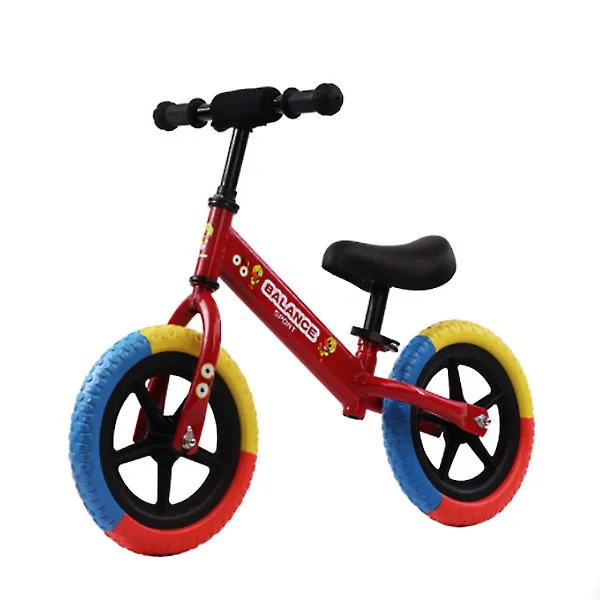
- Afrikaans
- Albanian
- Amharic
- Arabic
- Armenian
- Azerbaijani
- Basque
- Belarusian
- Bengali
- Bosnian
- Bulgarian
- Catalan
- Cebuano
- Corsican
- Croatian
- Czech
- Danish
- Dutch
- English
- Esperanto
- Estonian
- Finnish
- French
- Frisian
- Galician
- Georgian
- German
- Greek
- Gujarati
- Haitian Creole
- hausa
- hawaiian
- Hebrew
- Hindi
- Miao
- Hungarian
- Icelandic
- igbo
- Indonesian
- irish
- Italian
- Japanese
- Javanese
- Kannada
- kazakh
- Khmer
- Rwandese
- Korean
- Kurdish
- Kyrgyz
- Lao
- Latin
- Latvian
- Lithuanian
- Luxembourgish
- Macedonian
- Malgashi
- Malay
- Malayalam
- Maltese
- Maori
- Marathi
- Mongolian
- Myanmar
- Nepali
- Norwegian
- Norwegian
- Occitan
- Pashto
- Persian
- Polish
- Portuguese
- Punjabi
- Romanian
- Russian
- Samoan
- Scottish Gaelic
- Serbian
- Sesotho
- Shona
- Sindhi
- Sinhala
- Slovak
- Slovenian
- Somali
- Spanish
- Sundanese
- Swahili
- Swedish
- Tagalog
- Tajik
- Tamil
- Tatar
- Telugu
- Thai
- Turkish
- Turkmen
- Ukrainian
- Urdu
- Uighur
- Uzbek
- Vietnamese
- Welsh
- Bantu
- Yiddish
- Yoruba
- Zulu
Dec . 11, 2024 03:46 Back to list
How to Properly Adjust Your Mountain Bike Derailleur for Smooth Shifting
How to Adjust Your Mountain Bike Derailleur A Comprehensive Guide
Properly adjusting your mountain bike derailleur is essential for smooth gear shifting and optimal bike performance. The derailleur serves as the mechanism that moves the chain from one gear to another, ensuring that you can easily tackle various terrains and inclines. This article will guide you through the steps to adjust your mountain bike derailleur, whether it’s the front or rear.
Tools You'll Need
Before you start tinkering with your bike, gather the following tools - Phillips screwdriver - Allen wrenches (usually 3, 4, or 5 mm) - Chain lube - A bike stand or a way to securely elevate your bike
Understanding the Derailleur
Most mountain bikes have two derailleurs a front derailleur that shifts the chain between the chainrings, and a rear derailleur that shifts the chain across the cassette.
- Limit Screws These prevent the chain from shifting too far and falling off the chainring or cassette. - B-limit Screw This adjusts the distance between the rear derailleur and the cassette. - Cable Tension The tension in the cable affects how well the derailleur shifts between gears.
Step-by-Step Adjustment
1. Visual Inspection Start by inspecting your derailleurs. Look for signs of damage or wear, such as bent derailleur hangers or stiff cables. Clean the derailleurs and chain to remove dirt and grime.
mountain bike derailleur adjustment

2. Adjust the B-Limit Screw The B-limit screw affects how close the derailleur can sit to the largest cog. Shift to the largest chainring in the front and the smallest cog in the rear. Adjust the B-limit screw until the derailleur is about 5-6 mm away from the largest cog.
3. Adjust the High Limit Screw Now, shift to the smallest chainring up front and the smallest cog in the rear. Locate the high limit screw (usually marked with an 'H') on the rear derailleur. Adjust it so that the derailleur aligns properly with the smallest cog, ensuring that the chain doesn’t fall off the cassette.
4. Adjust the Low Limit Screw Next, shift to the largest chainring in the front and the largest cog in the rear. Locate the low limit screw (marked with an 'L'). Adjust it so that when the chain is on the largest cog, the derailleur doesn’t push the chain off the cogs.
5. Cable Tension Adjustment After setting the limit screws, check cable tension by shifting through the gears. If the chain hesitates to move to higher gears (larger cogs), you may need to tighten the cable by using the barrel adjuster. If it overshoots, loosen the tension accordingly.
6. Fine-Tuning Shift through all gears to ensure smooth transitions. Make minor adjustments to the cable tension as needed until shifting is precise without any skipping or accidental shifts.
7. Test Ride Take your bike out for a short test ride. Practice shifting through all the gears under load, particularly on inclines and declines. Listen for any unusual noises or resistant movements, indicating that further adjustments may be required.
Maintenance Tips
- Regularly clean and lubricate your chain, derailleur, and cables to ensure longevity. - Periodically check the alignment of the derailleur, especially if you’ve recently experienced a crash or a severe drop.
By following these steps, you can ensure your mountain bike's derailleur is well-adjusted for smooth, reliable performance on any trail. Remember, regular maintenance is key to a hassle-free riding experience! Happy cycling!
-
The Ultimate Kids' Four-Wheeler Experience
NewsJul.09,2025
-
The Ultimate Guide to Mountain Bikes: Gear Up for Your Ride
NewsJul.09,2025
-
The New Age of Cycling: Electric Bikes for Every Rider
NewsJul.09,2025
-
The Best Kids Bicycles: Ride in Style and Safety
NewsJul.09,2025
-
The Best 3-Wheel Scooters for Kids: Fun, Safety, and Adventure
NewsJul.09,2025
-
Revolutionize Your Ride: Affordable Electric Bikes
NewsJul.09,2025
-
Finding the Perfect Mountain Bike for Every Rider
NewsJul.09,2025



